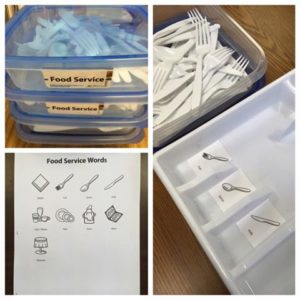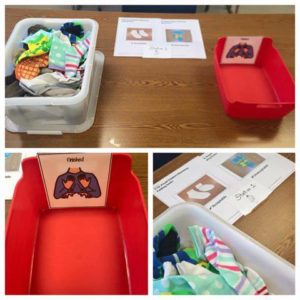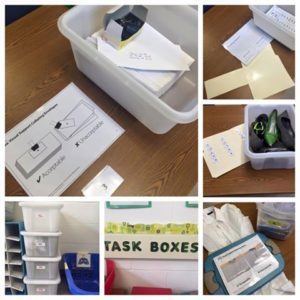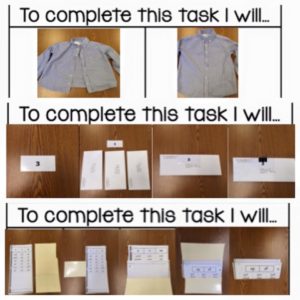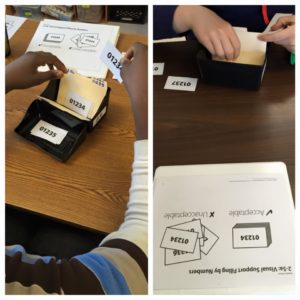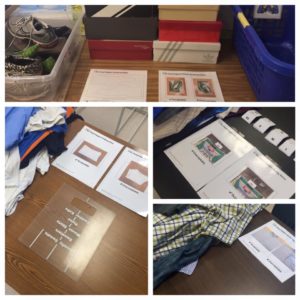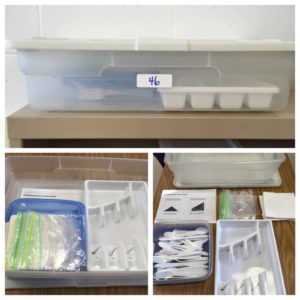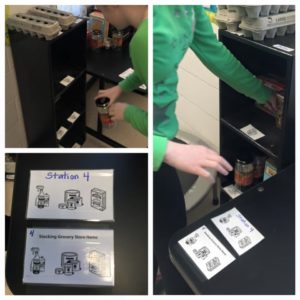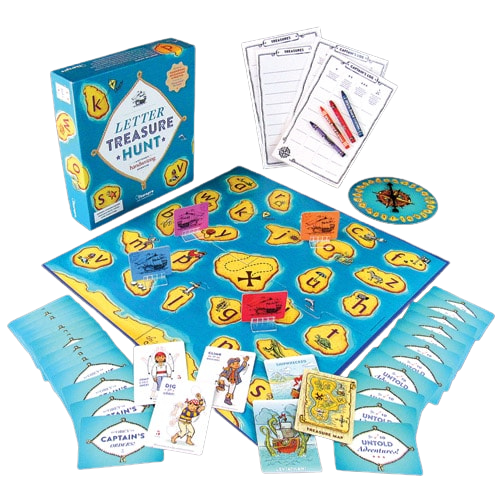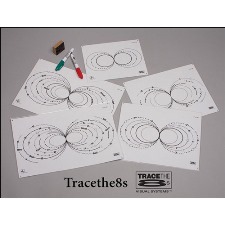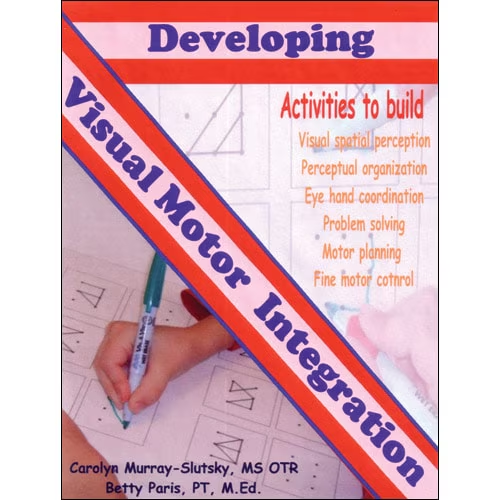District Determined Measures (DDMs) is a hot topic in Massachusetts’ school districts. DDMs are defined by the Massachusetts Department of Elementary and Secondary Education as:
“measures of student learning, growth, and achievement related to the Massachusetts Curriculum Frameworks, Massachusetts Vocational Technical Education Frameworks, or other relevant frameworks, that are comparable across grade or subject level district-wide. These measures may include, but shall not be limited to: portfolios, approved commercial assessments and district-developed pre and post unit and course assessments, and capstone projects.”
On September 10th, Jan Hollenbeck, OTD, OTR/L tackled the complex and evolving subject in her Saturday seminar entitled: Accepting the Challenge: Developing Meaningful District Determined Measures (DDMS). Jan is an authority on the subject as the Special Education Coordinator responsible for related services, assistive technology, 504, and secondary transition services for Medford Public Schools.
Dr. Hollenbeck shared her experiences with DDMs in an honest and clear way. She provided numerous references and guides to clarify the subject. Because DDMs are designed for teachers, applying them to therapists and other support school personnel is challenging. OTs and PTs are included in the Specialized Instructional Support Personnel (SISP). This group earns individual ratings in two areas: Summative Performance Rating and Student Impact Rating (what’s the therapist’s impact on student learning). We as therapists need to demonstrate that we have impact on student learning, but Jan raised the question of whether DDMs are the right way to do this.
Attendees were all occupational therapists or OT grad students. The seminar generated much discussion among attendees about how OTs fit the model of Massachusetts District Determined Measures and what is happening with DDMs in various school systems where the therapists practice. All enjoyed the opportunity to engage in a lively brainstorming session with colleagues. They were asked to identify their key roles and functions on the school team and designate what data is currently being collected. Quantitative data is required for DDMs. Further in this exercise, therapists generated possible DDMs, decided why they were meaningful, and whether they would be direct or indirect measures of student impact. One interesting idea was to do a survey to ascertain how helpful OT consultation is on a 5 point rating scale, tabulate the results, and use them to arrive at a performance rating.
Jan reminded us that developing DDMs is a “work in progress.” Stay tuned…
Take a look at some remarks from attendees:
“This is the first time I feel like I have a meaningful baseline understanding of the DDM process/expectations.” Anonymous, Occupational Therapist
“Jan presents in an organized & concise manner. She is effective in moving the audience through issues. Considerations presented in a positive manner.” Anonymous, Occupational Therapist
“Very informative – this is a very complicated subject and Jan helped to simplify some of the major points.” Beth M., Occupational Therapist
“I would recommend this seminar to a colleague to get a better understanding of DDMs and how it is still a ‘work in progress.’ Makes you feel less isolated!” Anonymous, Occupational Therapist
Thank you, Jan!
Filomena Connor, MS, OTR/L
September 10, 2016

